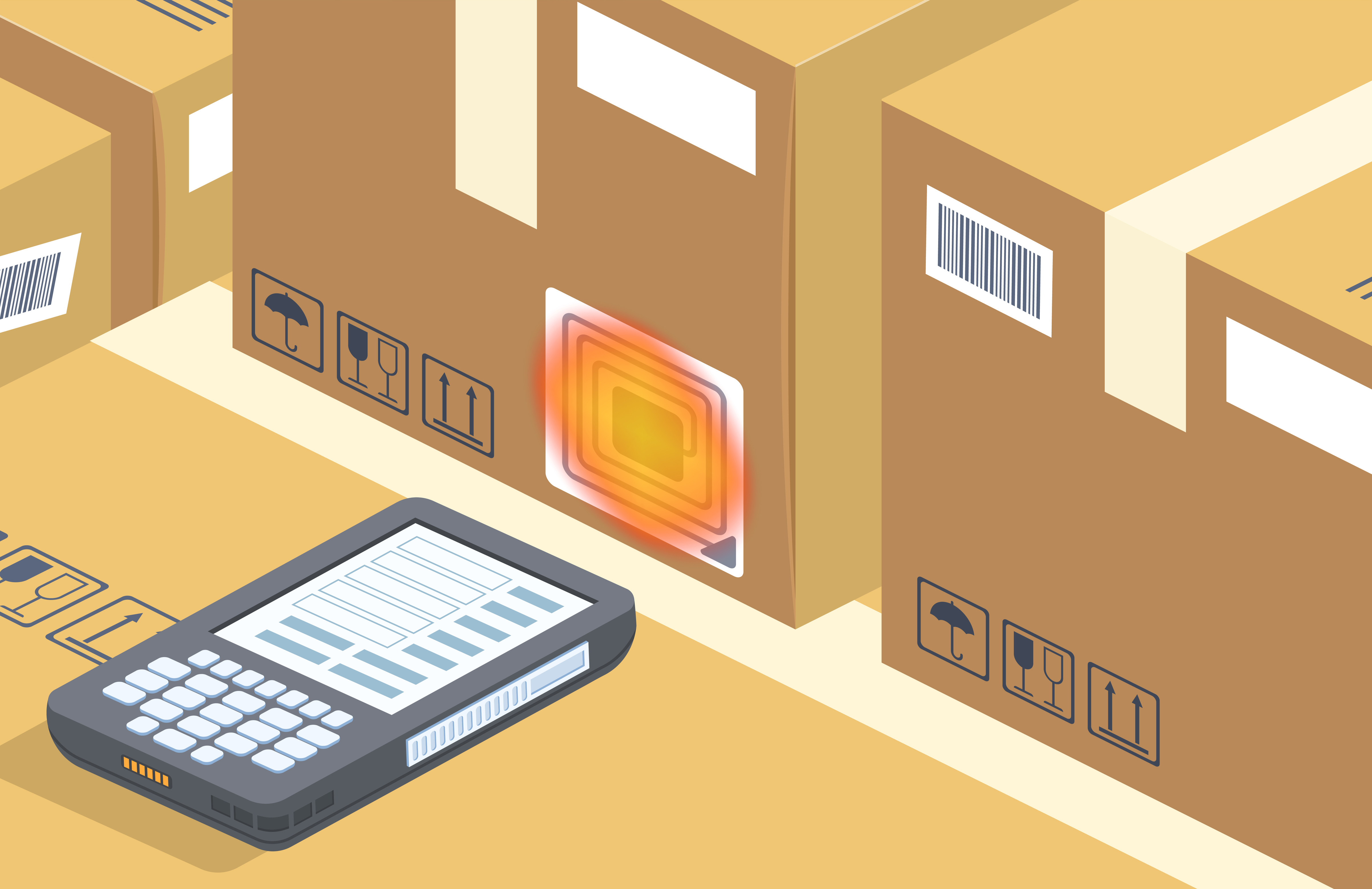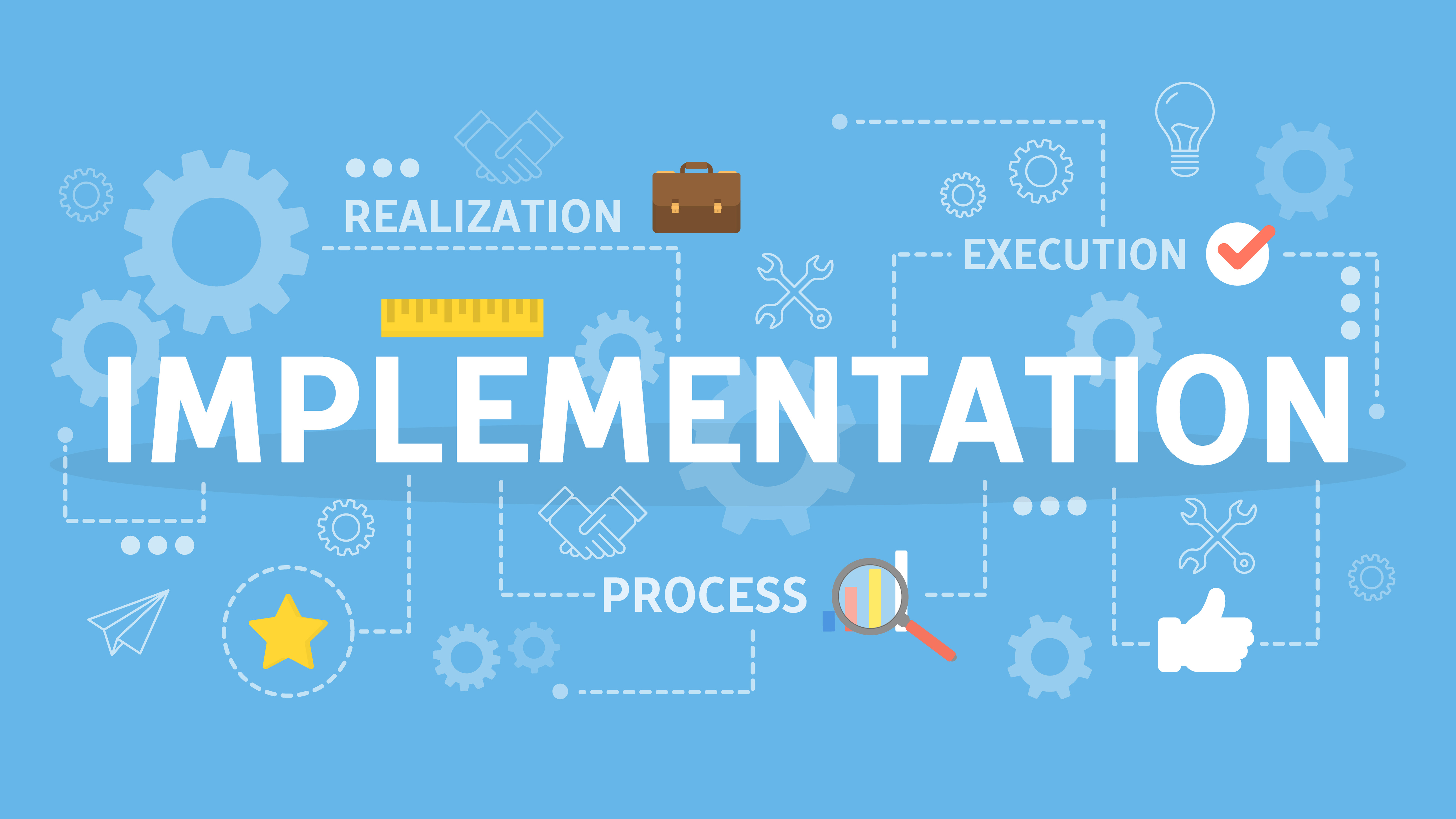5 Yard Management Software Myths Everyone Needs To Know
Breanna Roop
May 28th, 2024
7 min read
Effective yard management is crucial for the seamless flow of goods and services in logistics and operations. However, there are a few myths that can prevent organizations from adopting a yard management system. By debunking these misconceptions, you can unlock the full potential of efficient transportation, storage, and distribution.

Myth 1: Existing Systems Are Good Enough
The myth that existing systems are good enough can lead to missed opportunities and operational inefficiencies. While familiarity with current systems is undoubtedly valuable, it's essential to recognize that the technology driving yard management is continually evolving. Existing systems, often rooted in legacy technologies, might lack the agility and adaptability needed to keep pace with the demands of modern supply chains.
Relying solely on current systems may also mean clinging to manual processes, which can harm efficiency and accuracy. Manual tasks are prone to human errors, delays, extensive yard checks, and increased operational costs. Yard management systems introduce features like real-time tracking, automation, analytics, and enterprise-wide visibility revolutionizing how organizations manage their yards and reducing reliance on error-prone manual labor. These features not only streamline day-to-day operations but also provide crucial insights for strategic decision-making.
As business models evolve and supply chain dynamics shift, the static nature of many legacy systems becomes a limiting factor for existing systems. Configuration options in newer YMS platforms allow organizations to adapt quickly to changing requirements, ensuring that the system grows alongside the business. YMS becomes your view into the yard which provides a clear and detailed picture of operations and overlooks all yard activities.

Myth 2: RFID Is Needed
Some believe that RFID tracking is a must for ensuring accurate inventory and location of equipment in the yard, assuming it's a magical solution. However, the truth is, that relying on RFID tracking can be inaccurate, impractical, and overly expensive.
RFID implementation in yard management comes with inherent challenges, notably in terms of cost, accuracy, and durability. The associated expenses can be substantial, extending beyond the initial setup. The accuracy of RFID tracking is not foolproof.
A misconception about RFID and other IoT devices is that these devices will eliminate the need for manual yard checks and that the location of equipment in the yard is nearly 100% accurate. Our experience shows that these statements are inaccurate and can actually create additional challenges. The setup of these systems along with the upkeep and maintenance is a huge expense without the accuracy promised.
It's important to note that while our yard management software can integrate with RFID hardware, none of our customers have chosen to use RFID tracking. They've found that our yard management tracking methods provide better results without the extra costs and headaches associated with RFID.

Myth 3: YMS is Costly
Some believe that implementing yard management software (YMS) is too costly, but the reality is quite the opposite. YMS proves to be a smart investment with a quick return on investment (ROI). Beyond initial setup expenses, the best yard management systems bring long-term savings by optimizing yard operations, reducing idle time, and improving overall efficiency. It streamlines processes, provides real-time visibility, and minimizes unnecessary costs tied to operational inefficiencies. YMS can also play a pivotal role in reducing detention fees by ensuring timely and efficient movement of goods within the yard, further enhancing the financial benefits of its implementation.

Myth 4: Implementation Could Be a Heavy Lift
Some may believe that bringing yard management software into their operation involves intricate and time-consuming processes. This misconception often stems from concerns about the perceived complexity of integrating such a unique system. However, the best yard management services are engineered with user-friendliness in mind, ensuring that the transition to this software is not only efficient but also extremely user-friendly.
The Yard Management Solutions implementation process is a user-friendly experience that unfolds over six weeks. In the initial stage, spanning the first two weeks, clients simply need to fill out a form and participate in a kickoff meeting to gather key information about their specific needs. The subsequent two weeks (weeks two and three) are when our team is hard at work, dedicated to creating a configured system tailored precisely to the client's requirements. By week four, clients receive a sandbox version of their system for thorough review and feedback. Week five includes comprehensive training for end-users to ensure they are well-versed in the system's functionalities. In week six, the YMS goes live, marking the successful completion of the implementation journey. This structured and collaborative timeline ensures a smooth and efficient transition to an optimized yard management software.
One shining example of successful yard management software implementation comes from ColdPoint Logistics, a leading logistics and warehousing company. Their endorsement of YMS is backed by practical experiences, emphasizing the software's user-friendly nature.
According to ColdPoint Logistics, the intuitive interface of YMS proved easy to learn, making it a straightforward process for their team. New employees are able to become proficient in navigating the system within a remarkably short timeframe of 10-20 minutes. This rapid learning curve speaks to the efficiency of the YMS interface in supporting quick onboarding and minimizing training time.
The well-labeled and color-coded elements within the YMS system, coupled with a clear legend and key, played a crucial role in simplifying both training sessions and daily operational tasks. These features not only enhance user understanding but also contribute to a smoother workflow, demonstrating that YMS is designed to make yard management accessible and efficient for all users. ColdPoint Logistics' positive experience stands as a testament to the practical benefits of YMS in real-world applications.

Myth 5: Your Operation Must Undergo Modifications
There's a common myth circulating about yard management software (YMS) that installing it means turning your operations upside down. Many worry that integrating a yard management system would demand major changes and disrupt their established routines.
Yard Management Solutions is not here to make you overhaul everything. In fact, the best yard management system is like a chameleon—it adapts to your specific needs integrating to your current systems like transportation management systems (TMS) and warehouse management systems (WMS). Whether you're a small business or part of a larger operation, YMS is designed to be customized to fit seamlessly into your existing processes.

See For Yourself
Gain unparalleled operational insights with Yard Management Solutions, providing a comprehensive view of your yard that empowers you to make informed decisions and optimize logistics efficiency. To experience firsthand the transformative capabilities of Yard Management Solutions and explore how it can revolutionize your yard management operations, we invite you to schedule a personalized demo. Don't settle for good enough—embrace innovation and propel your yard management capabilities into the future. Schedule a demo today and discover the possibilities that await your organization.
